Hi,
I am working with Entamoeba data. I have downloaded the genome data of entamoeba from NCBI in genebank format but did not get in GTF format. I have searched it in UCSC genome browser but unable to find out. Can any one suggest me in either find out it in GTF format or converting from genebank t GTF format ?
I am working with Entamoeba data. I have downloaded the genome data of entamoeba from NCBI in genebank format but did not get in GTF format. I have searched it in UCSC genome browser but unable to find out. Can any one suggest me in either find out it in GTF format or converting from genebank t GTF format ?

Comment